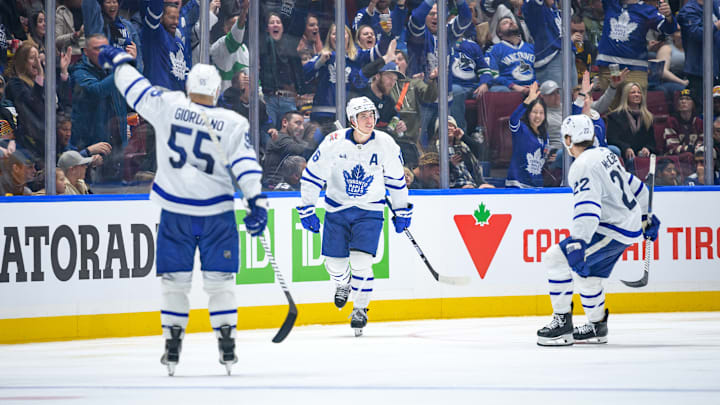No. 4: Mitch Marner
Recently, my article titled "I Hope the Leafs Miss the Playoffs This Year" received considerable backlash. For those who maintain an optimistic view, the idea of deliberately wishing the team to miss the playoffs during the core-four's prime might seem unfounded.
However, my argument is straightforward — for real change to occur, the Leafs need a significant shake-up. Without such a drastic event, the team might continue with the status quo of players and staff, hindering their chances of reaching the next level.
The NHL tends to shy away from big blockbuster trades involving superstars, which stands in contrast to the NBA's more dynamic approach. The NBA regularly witnesses star players like Kevin Durant changing teams, a scenario less common in the NHL, where Hall-of-Fame players usually spend the majority of their careers with one or two franchises.
This difference in trading culture between the two leagues sets the stage for exploring bold moves, leading us to the topic of Mitch Marner's potential trade.
Mitch Marner is an exceptional talent, unquestionably ranking among the top 20 players in the league. His outstanding edge-work, hockey IQ, penalty-killing proficiency, and consistent scoring make him a valuable asset on any team. However, as hockey enthusiasts know, having the best player doesn't guarantee success in this true team sport.
Unlike the NBA, where a star player's impact is more singular due to their presence on the court for a more significant portion of the game, hockey relies on collective effort. Unfortunately, Marner's hefty contract ($10.93M AAV) has become a burden on the Leafs' roster, and the situation is poised to worsen if he re-signs in the 2025-26 season.
Considering the financial implications, trading Marner could free up significant cap space for the Leafs, already allocating substantial amounts to Auston Matthews and William Nylander. This strategic move could not only fetch an incredible return in trade but also address pressing needs across the entire roster, a change that many argue is overdue.
While the prospect of such a trade might seem unlikely given the cautious nature of hockey general managers, I believe it represents the easiest solution to propel the Leafs forward. Whether or not this bold move materializes remains to be seen, but in my view, it offers a straightforward path to instigate the much-needed change within the team.
